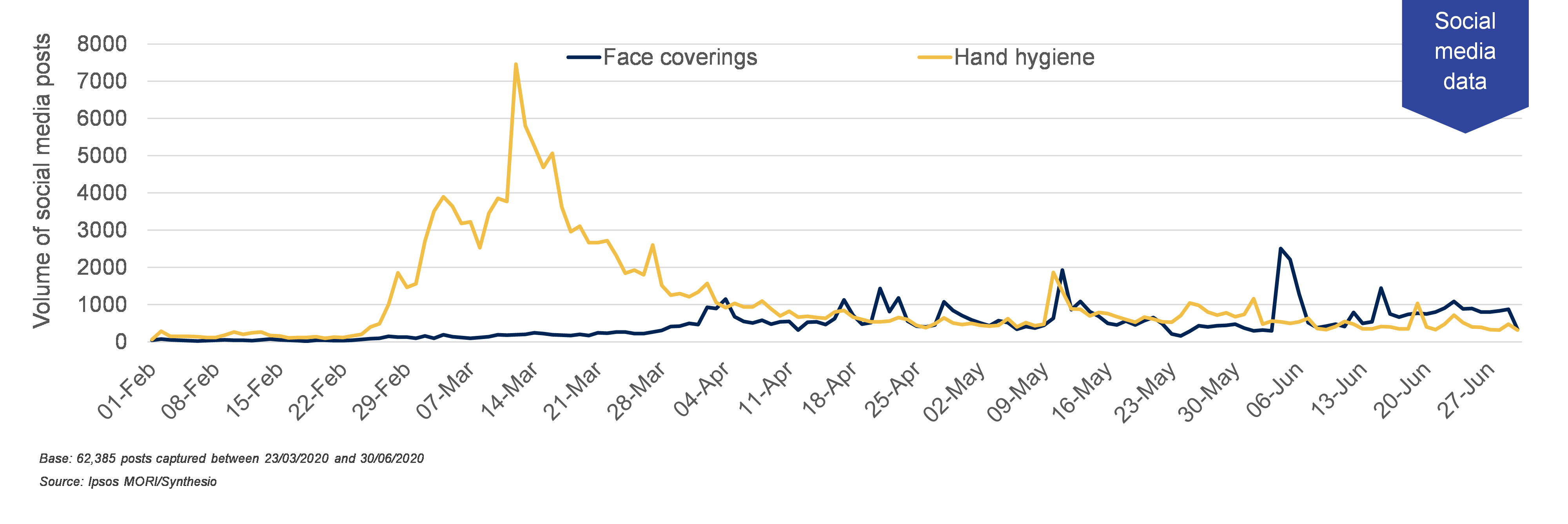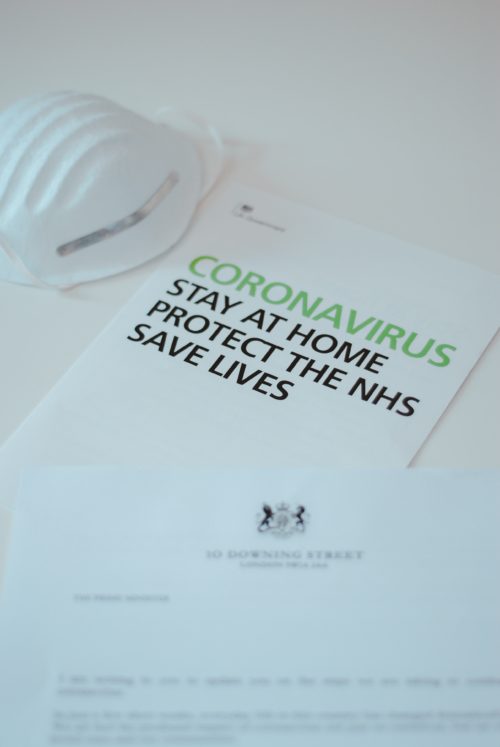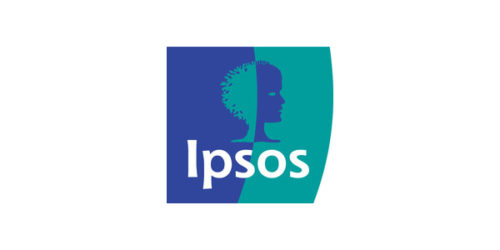
latest
Learning which public health messages worked is vital ahead of a second wave

(16 September 2020) New research about online conversations during the first six months of the coronavirus pandemic shows that, for many public health messages, direct communications from government accounts or prominent officials on social media had less influence[1] than those from other influencers, such as Piers Morgan, James O’Brien, Dua Lipa and Sam Smith[i]. Learning about public health messages that worked ̶ like messaging on handwashing and hand hygiene ̶ and which did not, for example, the Government’s ‘Stay alert’ message ̶ will be vital in order to protect the public in the event of a second wave of COVID-19. It will be important too, to address the apparent decline in interest in discussing the virus online and, in some cases, outright opposition to public health measures which some deem overly restrictive.
Communicating Public Health: Performance of Public Health Messages and the Impact of Emerging Issues is a second broad-ranging report in a series by Future Care Capital. The charity commissioned Ipsos MORI to analyse the online public’s reactions to key announcements, public health messages and events between February and July.
Ipsos MORI analysed some 3,692,129 online posts from the beginning of February to the end of June 2020. The dataset, including Twitter and Facebook posts as well as comments on key press articles, was analysed through a combination of automated machine-led analysis, manual coding, statistical modelling and qualitative investigation. Further details of the methodology used can be found in the first report within this series: https://futurecarecapital.org.uk/research/covidconversations-report-1/
Hand washing vs mark wearing
Public health messaging related to hand hygiene and hand washing appear to have been the most successful during the first six months of the pandemic, securing significant attention on social media, and receiving a positive reception, with endorsement and reinforcement from a range of popular figures to safeguard people in the face of coronavirus.
Large numbers of posts relating to hand hygiene sought to reinforce its importance, with many using humour to support the message. Posts on face coverings prompted higher levels of interaction compared with posts on hand hygiene (85 vs 79 interactions on average), but they were significantly less positive. (See figures 1 below.)
Figure 1: Volume of social media posts related to face covering and hand hygiene, over time
In contrast, the announcement to ‘Stay Alert’ receives one of the most negative reviews, in addition to high levels of confusion and disagreement. However, it also secured high volumes of social media coverage and contributed to a reduction in conversation about “Stay home, Stay safe”. It may be the case that, in achieving this, the messaging fulfilled its primary aim.
There were a number of other notable topics that were less prominent on social media or that gained less traction amongst social media users. These include public health messaging on shielding and discussion or search activity about support for people experiencing bereavement and grief. Given the risks the virus poses to vulnerable groups who were advised to shield during lockdown, this lack of ‘cut through’ presents a challenge for those tasked with communicating guidance about the pandemic.
Social media documents the personal loss and sacrifice made during the pandemic, and the anger caused by reports that the Prime Minister’s Advisor, Dominic Cummings, had breached lockdown regulations. It also served as a vehicle for raising awareness of health inequalities relating to ethnicity. The lack of discussion about death and dying however, still major taboo topics, suggests that the impact of this loss and sacrifice may not have been adequately addressed.
Overall, the performance of public health messaging declines over the course of the pandemic. This is evident in greater levels of discomfort and confusion, and lower levels of conversation about them overall. This is further supported in survey research among the wider public, which shows a greater level of clarity in messaging on infection prevention than returning steps to ease lockdown.
Annemarie Naylor, FCC’s Director of Policy and Strategy said:
“The efficacy of public health messages has, perhaps, never been more important than it is now in the midst of the COVID-19 pandemic. We are all reliant upon clear instructions, informed by expert opinion, to guide us in modifying our behaviour to safeguard ourselves and one another in the absence of an effective vaccine. This is, by no means, straightforward.
Each of our reports is designed to inform the efforts of those tasked with communicating important messages about health and care during the ongoing public health emergency. Looking ahead, we anticipate them needing to grapple with a potential second wave in infections. They will also, likely, need to accommodate or, even, overcome the apparent growth in fatigue and, in some cases, opposition to public health measures which some deem overly restrictive. There is, crucially, a need to maintain public trust in the safety and efficacy of any vaccine that might result from scientific endeavour. Communicating public health will, then, remain a priority over the months ahead.”.
Sylvie Hobden, Associate Director at Ipsos MORI said:
“Public health messages don’t act in a vacuum, even during a global pandemic. Our research demonstrates how a broad range of issues and events – some of which are independent of the pandemic – have influenced the efficacy of government-led public health messages. Understanding how these issues effect the public’s response to health messaging is crucial to ensuring that further messaging achieves its intended aims.”
- The second publication, Communicating Public Health: Performance of Public Health Messages and the Impact of Emerging Issues is available for download from https://futurecarecapital.org.uk. The subsequent reports, to be released in the coming weeks, will be focused on conversations among the health and social care workforce and the impact of the coronavirus pandemic on the physical and mental health of social media users.
[1] Influence is calculated based on number of relevant posts, and number of interactions per post
[i] Government led accounts appear as top influencers in only one of the eight public health deep dives we undertook. Further work is required by government to build positive networks within owned channels, or to work with other key influencers to help maximise the impact of future public health messages.



